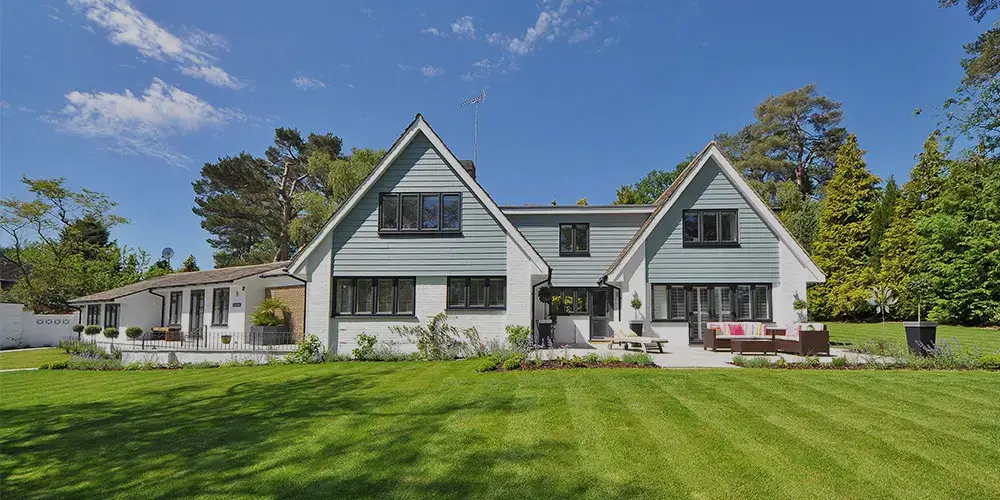Expert artificial turf installation involves the professional and precise installation of artificial or synthetic grass in residential, commercial, or recreational areas. Artificial turf is a versatile and low-maintenance alternative to natural grass, and its proper installation is essential for ensuring durability, aesthetics, and functionality. Here’s what you can expect from expert artificial turf installation:
- Site Assessment: A team of experts will visit the installation site to assess the terrain, soil conditions, and drainage requirements. This assessment helps determine the appropriate preparation and installation procedures.
- Surface Preparation: Proper preparation of the ground beneath the artificial turf is crucial. This typically involves removing existing grass, weeds, and debris. If necessary, grading and leveling the surface to ensure proper drainage and a smooth, even base.
- Weed Barrier: A weed barrier fabric is often installed to prevent weed growth beneath the artificial turf. This barrier helps maintain a clean and weed-free surface.
- Drainage Considerations: Adequate drainage is essential to prevent water pooling on the surface. Depending on the site, a drainage system may be installed to ensure proper water runoff.
- Base Material: A suitable base material, such as crushed stone or aggregate, is laid down and compacted to create a stable foundation for the artificial turf.
- Artificial Turf Installation: The artificial turf is carefully rolled out and cut to fit the installation area. It’s secured in place using adhesives or fasteners around the edges. Seams are meticulously joined to create a seamless appearance.
- Infill Material: Many artificial turf installations require infill material, which adds weight and resilience to the surface. Common infill materials include silica sand, rubber granules, or a combination of both, depending on the intended use of the turf.
- Compaction: The artificial turf and infill are compacted to ensure even distribution and stability. This step is crucial for maintaining the desired surface level.
- Trimming and Edging: The edges of the turf are carefully trimmed and secured to create clean lines and a finished appearance.
- Quality Inspection: The installation team conducts a thorough inspection to ensure that the artificial turf is properly secured, the seams are well-joined, and the surface is even and smooth.
- Cleanup: Any debris or leftover materials are removed, and the installation area is cleaned up, leaving a tidy and ready-to-use surface.
- Maintenance Guidelines: Expert installers often provide maintenance guidelines to help clients care for their artificial turf properly. This may include recommendations for regular cleaning, brushing, and addressing minor repairs.
Expert artificial turf installation ensures that the synthetic grass surface is not only visually appealing but also functional, durable, and long-lasting. It’s essential to choose a reputable and experienced installation company to achieve the best results. Well-installed artificial turf can be used in various applications, including landscaping, sports fields, playgrounds, and more, providing a low-maintenance and aesthetically pleasing alternative to natural grass.
